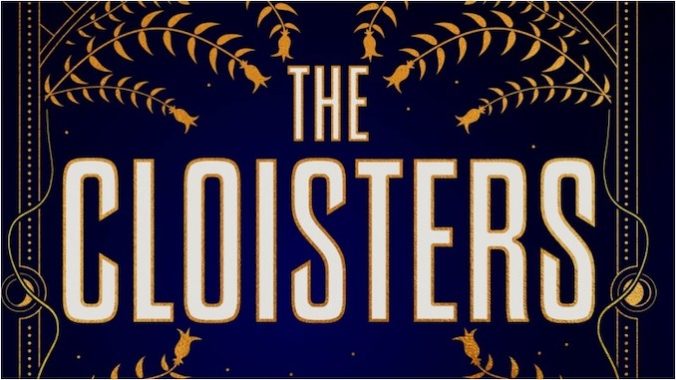The Cloisters Wants Accessible Vibes, Not Accessible History

Scholarly collective Post45’s recent cluster on dark academia defines it as follows: “an online subculture… dedicated to a certain idea of the (typically midcentury) fashion and material culture of elite universities and their wealthy students. [D]ark academics trade fashion tips and curate collections of images they find especially “aesthetic”: wool cardigans, musty libraries, pre-Raphaelite paintings.” Dark academia was especially prevalent on Tumblr, which lent itself to mood boards and filtered pictures of notes lightly disguised as “study inspo”. In my experience, though it’s often surface-level, the content can also be significant, treating you to Latin-inscribed botanical illustrations and not just the leather book cover that contains them. In the mid-2010s, I followed dark academic blogs that made me want to go to grad school. But the thing I really got from them was aesthetic pleasure, an allure that I felt I could attach myself to.
The secret to a good DA blog is a balance of effort and simplicity. A set of manuscript pages with cursive script, or a picture of a foamy coffee on a counter with a stormy vista outside. It looks substantial without providing much or even anything of substance: few or no words, no people (or if there are, just their outfits, no faces). It is pure aesthetic. The novels that have been tied into dark academia—Donna Tartt’s The Secret History, Leigh Bardugo’s The Ninth House—incorporate the same ethos, utilizing ornate description and carefully scheduled academic responsibilities to highlight mysteries bubbling under a respectable surface. Their dreams, like those blogs, are all about describing elite academia’s exclusive status as a way of heightening the tension and desirability of their plots and characters, offering a glimpse behind a curtain into something that seems achievable, but remains just out of reach.
The Cloisters by Katy Hays seems to have been born out of a dark academic fever dream, somewhere between The Chair, Knives Out, and the Instagram account of a first-year Master’s student at Cambridge. It follows Ann, a Renaissance art history student with a deceased linguist dad and a plan to work at the Metropolitan Museum of Art for the summer as a curatorial assistant. That plan is messed up when a scheduling error reassigns her to the Cloisters, the Met’s uptown branch which also happens to be a medieval museum. The novel’s setting (which— I need to stress—is a real place that you can and should go to) is right at home in dark academia’s wheelhouse, and the novel itself faces exactly the same problem as all those blogs did: how to balance the seriousness of the aesthetic™ and the underlying goal of escapism?
Unfortunately The Cloisters is not able to strike this balance. The book’s tone can be summarized by one character’s Tumblr-esque admission that “I’m obsessed with places I’ve never been”; it would probably be most appreciated by a student in an eighteenth-century literature survey with a collection of Zebra midliners. Having been this person—I still have my midliners on my desk— I feel qualified to say that The Cloisters is a repository for a dream of academic life that no longer exists for most people; but unlike the best academic mysteries, it is one that tends toward keeping that dream exclusive, despite all its suggestions to the contrary.
Given that the museum it’s set in is such a central character in its mystery, it might seem odd that my main question while reading The Cloisters was why set it in a real place? The (actual) Cloisters lends some solemnity and atmosphere to the story, but it also introduces one of two problems based on who is reading the book. If you’ve never seen the museum, parts of the narrative might go over your head; if you have, you can’t help but compare these descriptions to the real thing, and in my experience, the descriptions are usually lacking.
This isn’t necessarily Hays’s fault—it’s hard to describe a real place evocatively to people who are familiar with it! This is one reason I get the sense that this book’s audience is mostly intended to be people who haven’t been to the Cloisters, which, to be fair, is most of the world’s population. The book then needs to introduce the museum and New York in general with clunky statements like “Admission to the Cloisters, like the Met, was free for New York residents” and that the Cloisters “like so many institutions [was brought into being by] John D Rockefeller”. It’s not worldbuilding, but reporting on a real place.
-

-

-

-

-

-

-

-

-

-

-

-

-

-

-

-

-

-

-

-

-

-

-

-

-

-

-

-

-

-

-

-

-

-

-

-

-

-

-

-








































